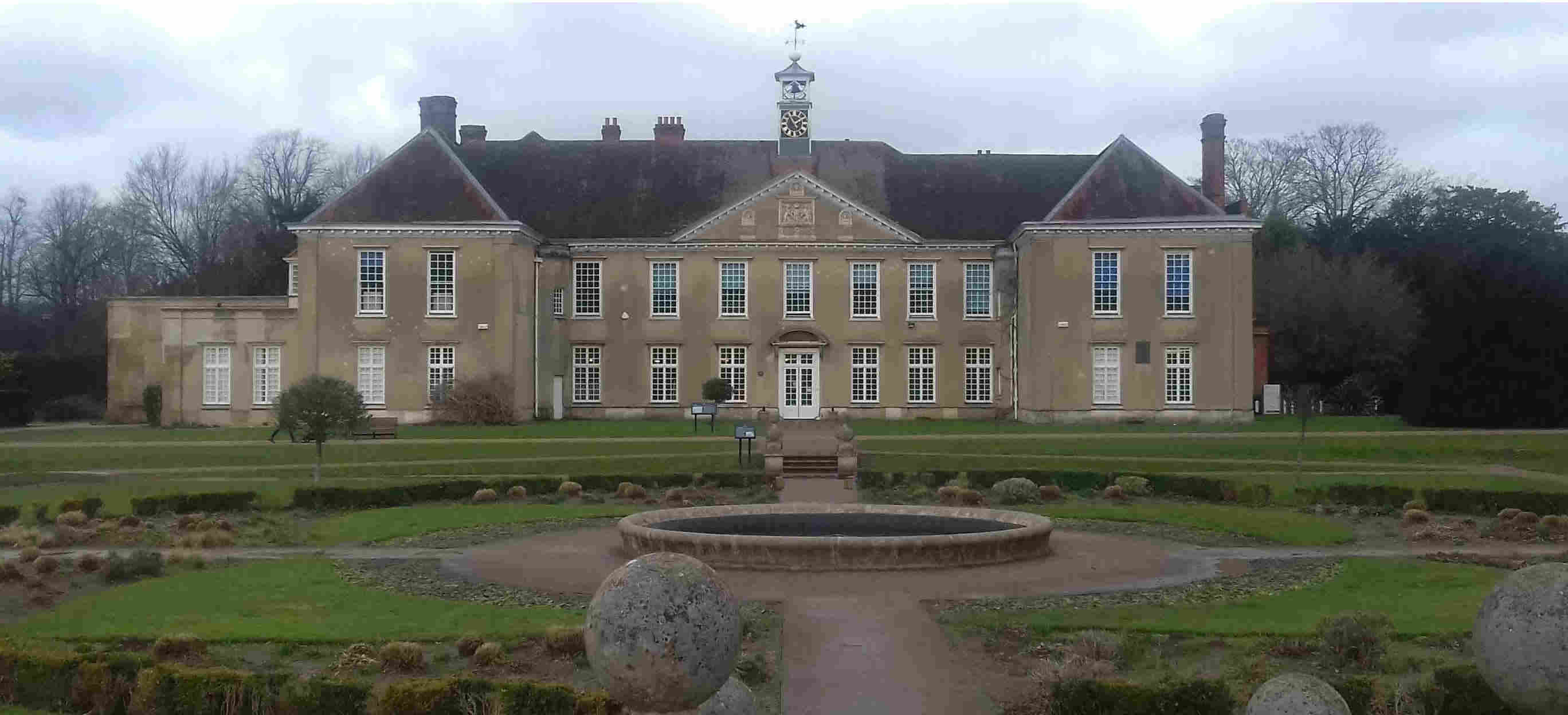.JPG) |
| |
St John'imgs Church as it looked
it 1857. There are more trees in its grounds and fewer on
the surrounding common land than today and there is
washing hanging out on the common by Fountain Road.
Flint's Cottage can be seen alongside the church.
| |
| |
Its beginnings
St John's is the earliest of the Redhill churches and was
built in 1843. Before this time the nearest church had
been St. Mary's at Reigate. Three sites for the church
were considered and the one first selected was where St
John's School now stands. The site was later decided to
be unsuitable and the church was eventually built across
the road on a site called to as the Knob but also known
as Flint's Hill, as it was close to a cottage occupied by
a Mr Flint.
The designer of the church was Mr James Thomas Knowles of
Reigate. The builder was Comber and Briggs. Mr Comber
lived at the top of Whitepost Hill where he had his yard
and also ran Redhill 's first post office. Who Mr Briggs
was is unknown. The final cost, with the additions of
internal decorations, fixtures and fittings, came to
£3,800. This included the fir fence with oak posts that
was erected around the site and remained until it was
replaced with the present wall in 1867. The church was
consecrated by the Bishop of Winchester, the area then
being in the Winchester Diocese, on September 30th, 1843,
and he was assisted by the Vicar of Reigate and others
|
What it was like
The Church was originally known as Red Hill District
Church and shortly after named St John the Evangelist,
although generally known simply as St John's. Its Parish
stretched from Gatton to Sidlow , being and included
Meadvale (then called Mead Hole), Mill Street and Hooley
(now Earlswood).
The church did not originally look quite like it does
today and was not as attractive as it might have been,
being functional rather than appealing. It was, however,
described in 'The Gentleman's Magazine' for May, 1844,
as, '...an elegant structure with a beautiful
spire...calculated to hold 600 persons, two-thirds of the
sittings being free...' Despite this description it was
rather bare inside as well as cold (only two open fires)
and sometimes dark. Services were long and children who
attended the day school also had to go to Sunday school
in the morning and afternoon, and to church services
in-between. Sundays were described as sombre and arduous.
The first vicar was the Rev. W.Pullen from 1843-46. He
was followed by the Rev. Henry Gosse, 1846-82. Around the
time the church was built, the Somers Arms coaching Inn
at the corner of the Brighton Road and Mill Street lost
its custom and subsequently became St. John's parsonage.
The Rev. Henry Gosse years, continued to live there for
many years after resigning as vicar due to deafness, but
he would give help to the new vicar whenever asked. He
died in 1903 and the Angel font was installed to
commemorate his 36 years as vicar.
A new church at Redhill
When Warwick Town (later to become Redhill) grew up the
Rev. Gosse, in 1848, imghad the temporary iron church, St
Matthew's Chapel-of-Ease, built there and his curate, the
Rev. William Kelk, placed in charge. This temporary
chapel was to become the St Matthew's Church we know
today. The Rev. William Kelk died in 1862 and in 1867,
when St Matthew's gained its own parish, the wooden fence
around St John's Church was replaced with the present
wall in his memory. A plaque in the wall at the top of
Fountain Road bears his name.
Rebuilt
The design of St John's church was not too well thought
of and it seems that its size was also inadequate, for
only 24 years after the it was built there was a public
meeting, at which the Bishop of Winchester presided, to
consider its enlargement. The church is described as
narrow and between high walls, and a design for adding
aisles for increased sittings of 536 was submitted by
local man Mr Hesketh, who lived at 'The Mount' on Red
Hill Common. The estimated cost was £33,000. The aisles
were added to the nave of the church in 1869, an addition
that did not satisfyimg requirements for long, for in 1889
the church was largely rebuilt to the design of Mr John
Pearson RA, the designer of Truro Cathedral. The
rebuilding took six years, with the new spire being
erected in 1895. St John's Church now looked just as it
does today.
In the 1960s there was concern about movement of the
spire when the bells were rung. Not only was there
movement but cracks had begun to appear. In 1972 the
bells were lowered by twenty feet to improve weight
distribution.
|

